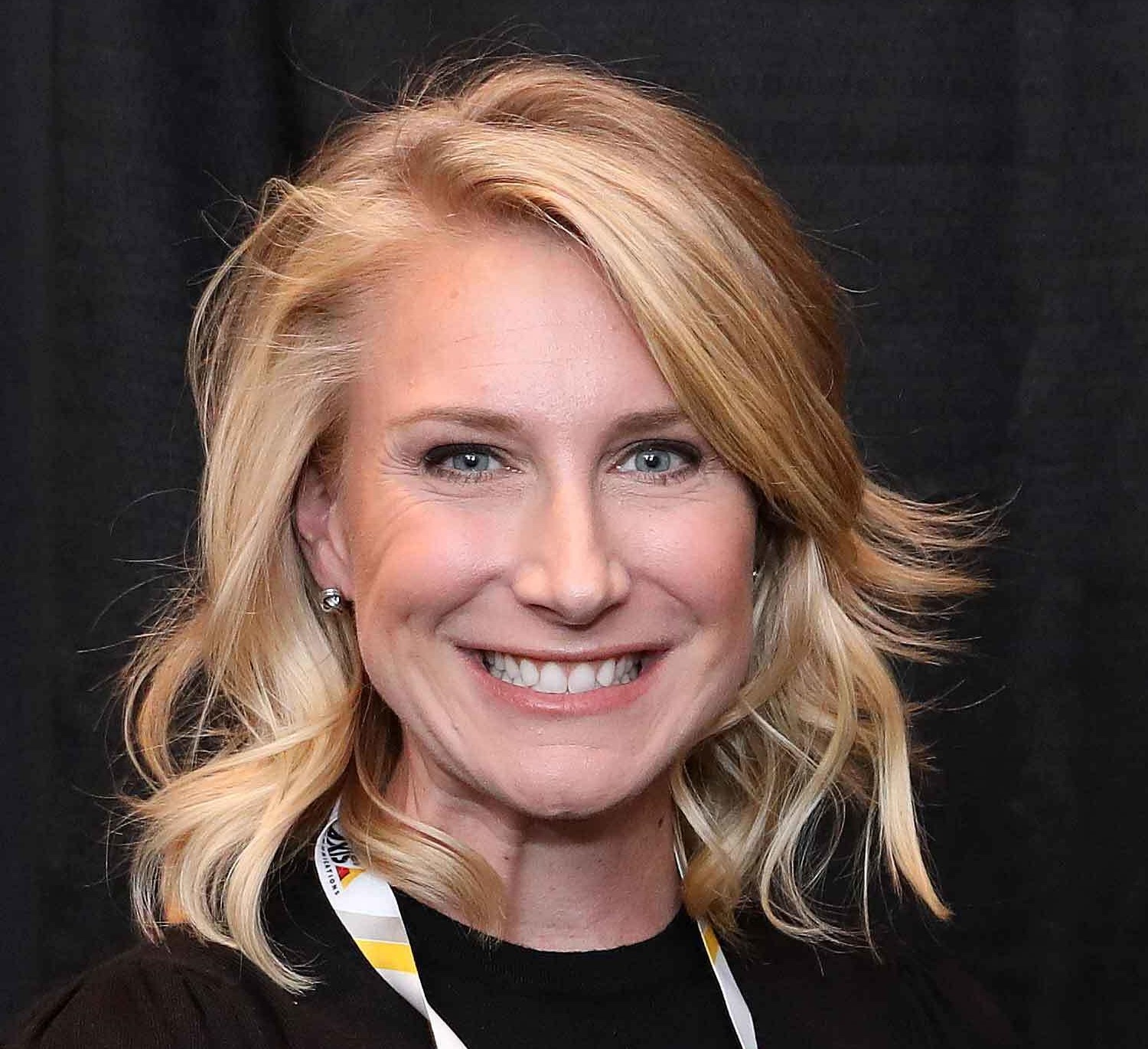As colleges and universities across the country cautiously deliberate if, when and how they can reopen in the wake of the pandemic, their priority must be to identify ways to prevent COVID-19 spread among staff, students and visitors. The public health and safety pillars of prevention will continue to be social distancing, mask wearing, testing and contact tracing.
How can Video Content Analytics assist?

To secure their expansive properties, campuses typically rely on large video surveillance installations that capture massive volumes of footage—most of which is seldom reviewed. The key that unlocks that valuable, untapped video data is video content analytics software powered by deep learning and artificial intelligence. It detects, identifies, extracts and catalogs all the objects that appear in video footage, and indexes the metadata based on classes and attributes such as gender, appearance similarity, color, size and direction of movement.
These smart systems are used to investigate behaviors, such as interactions between objects, dwell times and navigation paths. Many universities already use video intelligence software—and not only for security. Campus maintenance, planning, and retail operations units leverage these solutions for data-driven decision making. Now, universities can also apply video content analytics to monitor compliance with social distancing and mask-wearing mandates and facilitate contact tracing if a campus outbreak occurs.
Enforcing social distancing
Education has always gathered people—whether for lectures, sporting events or other activities—and today’s recommended social distancing measures pose new challenges. Administrators need to be able to measure, quantify and analyze the distances between individuals to verify compliance. Video content analysis enables this through proximity identification filters, while also visualizing occupancy and physical distancing data as dashboards and reports, so that campus administrators can easily identify non-compliance and problem hotspots across campus, over time. Based on that quantifiable data, administrators can make informed decisions and strategies to improve protection of faculty, students, staff, visitors and facilities. The reports also enable administrators to understand where and when pedestrian traffic bottlenecks consistently occur, so the university can adjust signage or traffic flows, as needed.
In addition to deriving operational intelligence, video analytics systems can be customized to send real-time alerts when crowding is detected. Once security system operators have benchmarked normal occupancy or activity thresholds for different spaces, they can configure the video intelligence system to notify in real time when that threshold is exceeded. Surveillance operators can quickly assess developing crowds and respond, as necessary, to prevent overcrowding.
Measuring mask wearing compliance
Because the deep neural networks of video content analytics technologies can be trained to recognize and analyze objects and behaviors, intelligent video surveillance operators can gather anonymous statistics regarding how often and where people on campus are wearing masks, to improve enforcement and determine any correlation with infection rates on campus.
Also read: College security: Detection alert!
Facilitating contact tracing
A key application of video analytics is forensic video data review, using capabilities such as face recognition and appearance similarity filters to quickly and accurately pinpoint objects and behaviors of interest in video.
Campus officials can utilize these capabilities for efficient and effective contact tracing to help identify and notify persons at risk: If a staff member or student notifies the university that they’ve been diagnosed with COVID-19, staff can use face recognition to identify the individual in video and trace where he or she has been on campus, and with whom the person has interacted. While protecting the anonymity of the infected individual, administrators can prevent further spread by recommending self-quarantine to students or employees who were exposed. The technology can also be used to rule out those who have not been in close proximity to a diagnosed person, so they can be more at ease and will not have to self-quarantine.
With such versatile functionality, video content analytics software can play a crucial role in reopening campuses and preventing COVID-19 spread in colleges and universities.
Stephanie Weagle is the chief marketing officer at BriefCam, a provider of Video Synopsis® and Deep Learning solutions for rapid video review and search, face recognition, real-time alerting and quantitative video insights. She can be reached at [email protected].

